Crew 286 Operations Report 21-11-2023
SOL: 9
Name of person filing report: Donald "Duckie" Jacques
Non-nominal systems: Suit #5
Notes on non-nominal systems:
Suit #5 – I noticed during suit prep today a small seam separation in the zipper at one corner. (Photo attached). The team has needle and thread available, if hand stitching is an acceptable repair.
Door knob of the toilet required only dry lubricant to free up operation. Door knob is good as new now. (Photo attached).
ROVERS
Spirit rover used: Yes
Hours: (before EVA) 234.8
Beginning charge: (Before EVA) 100%
Ending charge: (On return from EVA, before recharging) 50%
Currently charging: Yes
Opportunity rover used: Yes
Hours: 144.8
Beginning charge: 100%
Ending charge: 57%
Currently charging: Yes
Curiosity rover used: No
Hours:
Beginning charge:
Ending charge:
Currently charging: Yes
Perseverance rover used: No
Hours:
Beginning charge:
Ending charge:
Currently charging: Yes
General notes on rovers: Nominal
Summary of Hab operations: Mud was cleaned out of the lower hab, stoop, and porch. Toilet door handle repaired, Liz successfully tested Suit 11, 2 persons took showers, Team Interviews continue with Hugo.
WATER USE: 39.2 gallons
Water (static tank): 184 gallons
Static tank pipe heater (on or off): On
Static tank heater (On or off) On
Toilet tank emptied: Yes
Summary of internet: Nominal
Summary of suits and radios: Suit 11 was charged and prepared for Team member Liz to test fit. After donning suit, her impression was positive, noting better fit of pack. She then took a walk via tunnel from Hab to Observatory and back, noting it did feel better, and would be satisfactory for next EVA.
Summary of GreenHab operations: Timer was initialized, and set. Peas in tan planter replaced with greens, and moved to Blue planter and some black pots.
WATER USE: 4 gallons
Heater: On or Off
Supplemental light: On or Off
Harvest: None
Summary of Science Dome operations: Guillaume’s work included harvesting Spirulina, Purple bacteria. Roger poured his casting.
Dual split: Heat or AC, Off
Summary of RAM operations: (Tools used, work done) Roger completed his final preparations of the mold for pour of casting in the Science Dome this afternoon.
Summary of any observatory issues: Nothing to report
Summary of health and safety issues: Liz and I are confident Suit 11 will be a better fit for the next EVA
Questions, concerns and requests to Mission Support: put notes here







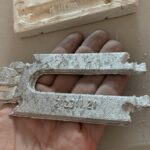
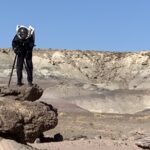

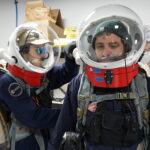
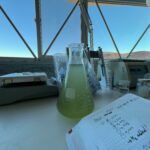
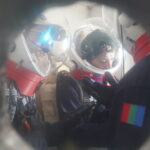
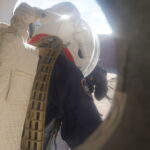
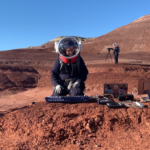
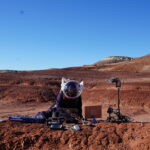
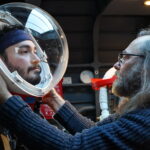
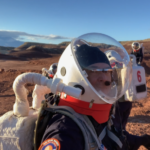
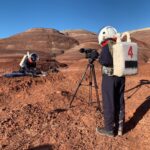
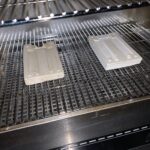
You must be logged in to post a comment.